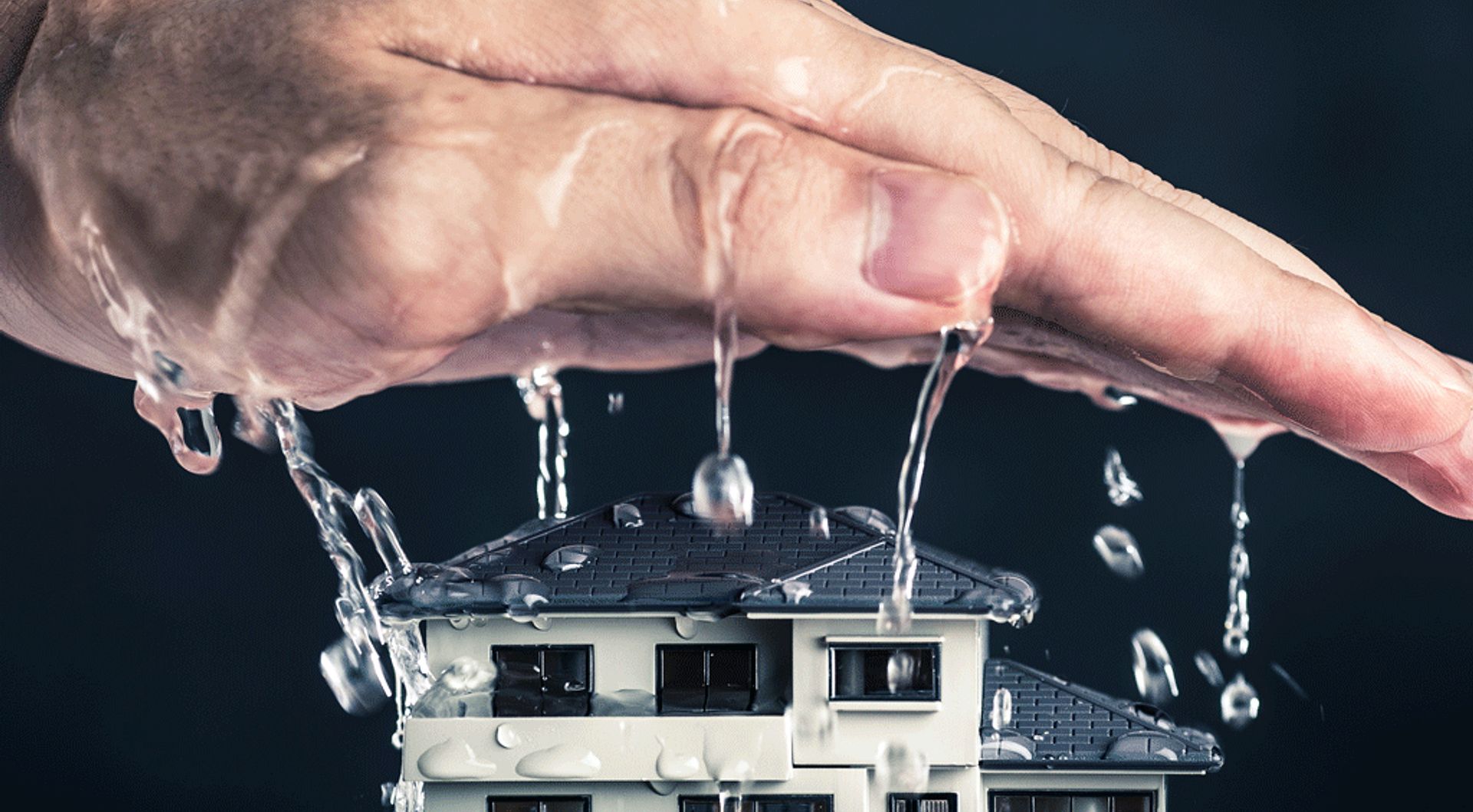Table of Contents
Introduction
Encountering blocked drains is a commonplace yet vexing predicament that numerous property holders across the UK grapple with. A blocked drain can spell slow water flow, undesirable odors, and even potential property damage. However, determining who bears the onus of rectifying blocked drains can sometimes lead to perplexity. In this all-encompassing guide, we shall delve into the root causes of blocked drains, unravel the enigma of responsibility, furnish practical strategies for both ameliorating and thwarting blockages and shed light on the invaluable role that Daniel James Drainage Services plays in sustaining the vitality of drainage systems.
Root Causes of Blocked Drains
Before broaching the topic of responsibility, it is of paramount importance to fathom the fundamental factors behind blocked drains. Discerning these triggers can empower property owners to mitigate the likelihood of future blockages proactively. Some of the most prevalent culprits include:
- Foreign Object Mishaps: Items such as sanitary products, wet wipes, and an excess of toilet paper often find their way into toilets, instigating blockages in both residential and commercial domains. Educating inhabitants on the imperative of proper waste disposal practices is pivotal in stemming such blockages.
- Grease Buildup and Culinary Debris: Kitchen sinks are particularly prone to blockages stemming from improper disposal of cooking oils, fats, and culinary remnants. Over time, these substances congeal, obstructing the fluidity of drainage pipes. Adhering to proper grease disposal protocols and utilizing sink strainers can substantially curtail the risk of blockages.
- Hair and Residual Soap Scum: Bathroom drains, especially those in showers and sinks, are susceptible to blockages arising from accumulated hair and residual soap scum. Regular cleansing and the installation of drain screens serve as effective deterrents against the accumulation of such materials.
- Invasive Tree Roots: The infiltration of tree roots into drainage pipes, driven by the quest for moisture, can wreak havoc and cause blockages. This issue predominantly surfaces in outdoor drainage systems. Prudent property proprietors should consider periodic root management to thwart intrusive growth.
- Mineral Deposition: The presence of hard water can culminate in mineral deposits accumulating within pipes, constricting their diameter and impeding water flow. The installation of water softening systems or consistent descaling measures can counteract the impact of mineral deposition.
Determining Responsibility for Blocked Drains
The assignment of responsibility for tackling blocked drains hinges on the blockage’s location and the nature of the property.
- Homeowners’ Domain: For blockages contained within the confines of the property, encompassing drains situated within the residence or garden area, the onus of rectification generally falls upon homeowners. This includes indoor sinks, toilets, bathtubs, and showers. The employment of preemptive measures and routine maintenance can be instrumental in averting such blockages.
- Local Authorities Involvement: In scenarios wherein the blockage transpires beyond the boundaries of the property, encompassing blockages within public sewer lines, the onus of resolution might shift to the local water and sewer authority. Blockages within public sewers often exert an impact across multiple properties. Promptly reporting such blockages to the pertinent authorities is pivotal in such cases.
- Commercial Realms: Within the sphere of commercial properties, the allocation of responsibility for addressing blocked drains can exhibit variation. Establishing clear delineation of responsibilities through the property’s lease agreement is indispensable. An open channel of communication between business proprietors and property managers can effectively tackle and forestall drain predicaments.
- Landlords and Tenants Nexus: In the realm of rental properties, the distribution of responsibility for dealing with blocked drains may be delineated in the lease agreement. Generally, landlords assume the mantle of addressing issues pertaining to main drains and pipes, while tenants shoulder the responsibility of addressing interior blockages. Effective dialogue between landlords and tenants forms the crux of resolving and preempting drainage complications.
Pragmatic Approaches for Mitigating Blocked Drains
- Institute Preventive Protocols:
- Foster awareness among residents, tenants, or employees about the import of judicious waste disposal practices, abstaining from flushing non-biodegradable objects down toilets, and the judicious utilization of sink strainers to ensnare detritus.
- Inculcate a culture of periodic maintenance, incorporating consistent cleansing of sinks, showers, and drains, as a prophylactic measure against the accumulation of hair, soap scum, and grease.
- DIY Stratagems:
- For minor blockages, proprietors can endeavor to ameliorate the situation by utilizing boiling water, a concoction of baking soda and vinegar, or employing a plunger.
- Plumbing augers, colloquially referred to as plumbing snakes, can wield efficacy in dislodging and eliminating obstructions.
- Avail Expert Consultation:
- In the event of stubborn blockages or obstructions concealed in hard-to-reach recesses, the counsel of seasoned professionals akin to Daniel James Drainage Services is indispensable.
- Employing high-pressure water jetting, a formidable technique wielded by adept professionals, can efficaciously dismantle tenacious blockages and cleanse pipes.
- Foster Long-term Maintenance Alliances:
- Property proprietors can contemplate entering into periodic maintenance agreements with drainage entities, thereby engendering a milieu of consistent oversight, cleaning, and preemptive strategies.
- Daniel James Drainage Services offers tailor-made maintenance schemes, providing an assurance of serenity and the sustained robustness of drainage systems over the long haul.
Bolstering Future-Proofing Against Blockages
Safeguarding against the repercussions of blocked drains is contingent upon assiduous foresight and implementing judicious measures. The following strategies can contribute to sustaining the health of drainage systems:
- Disseminate Awareness: Foster cognizance among household members, tenants, or staff regarding the imperativeness of responsible waste disposal and the pivotal role it plays in preventing blockages. Small behavioral shifts can wield substantial influence in sustaining drainage system vitality.
- Consistent Maintenance Regime: Prudently schedule periodic inspections and cleansing sessions, enlisting the acumen of professionals such as Daniel James Drainage Services, to preemptively pinpoint nascent issues before they burgeon into obstinate blockages.
- Mindful Grease Handling: Scrupulously adhere to the protocols of disposing of cooking oils and fats in designated containers, permitting solidification before consignment to the trash. This tenet forestalls grease-associated blockages and perpetuates a seamless drainage trajectory.
- Tree Root Vigilance: Should arboreal residents grace the premises, deliberate the undertaking of recurrent root management as a deterrent to invasive root proliferation. Engaging professionals for this purpose can act as a bulwark against potential encroachments.
- Deploy Drain Screens Strategically: The strategic emplacement of drain screens or barriers can effectively ensnare hair, soap scum, and sundry debris prior to their ingress into the drainage system. This pragmatic maneuver abates the risk of incipient blockages.
Conclusion
Blockages within drainage systems, though seemingly trivial, can unfurl into considerable disruptions and potential detriments if not diligently addressed. Profound comprehension of the triggers of





